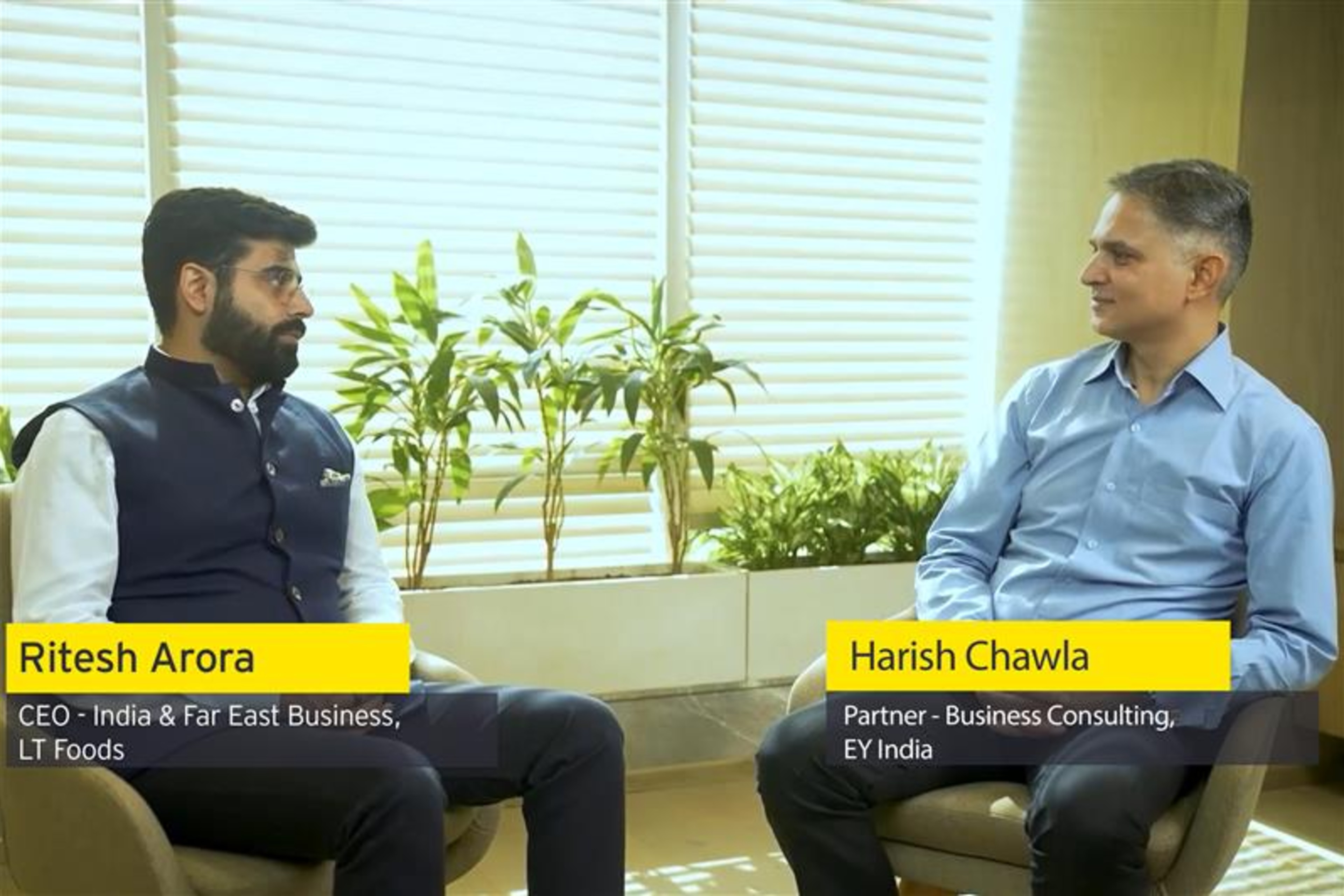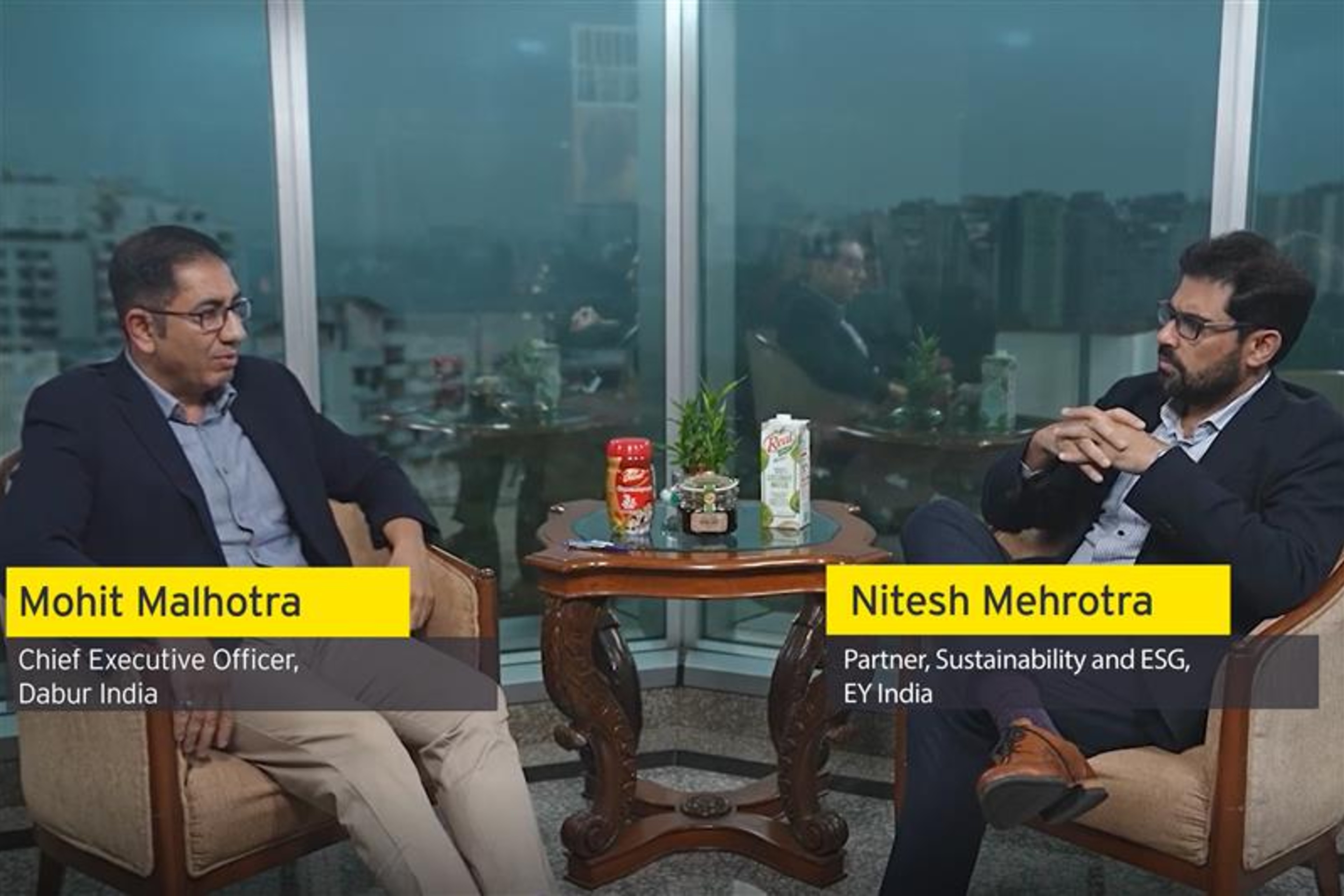EY refers to the global organization, and may refer to one or more, of the member firms of Ernst & Young Global Limited, each of which is a separate legal entity. Ernst & Young Global Limited, a UK company limited by guarantee, does not provide services to clients.
Indian B2B SaaS outlook bullish for 2023, 8 out of 10 CXOs target above 50% ARR growth: EY-Upekkha Report
- Indian SaaS is highly capital efficient by default; 8 out of 10 companies have a burn multiple of less than 1.5x
- Majority CXOs consider product innovation, pricing changes and partner-led expansion as top priorities
- Hiring and retention continues to be a key challenge, reskilling/training strategies being adopted
- AI, HCM, Fintech, CRM/CDP are the fastest-growing SaaS sub-segments
Mumbai/Bengaluru, 27 February 2023: EY, the leading professional services organization, today launched a report titled ‘Bellwethers of Indian SaaS’ in partnership with Upekkha Value SaaS Accelerator. The report reveals that Indian B2B SaaS industry continues to have a bullish outlook for 2023 despite global headwinds. It states that Indian SaaS growth is highly capital-efficient by default across stages and remains largely unmoved by recessionary trends of the past year.
With 8 out of 10 Indian SaaS companies under a burn multiple of 1.5x, the growth outlook is balanced by financial and operational prudence, reflecting strong focus on building and scaling capital efficient businesses. Globally, a burn multiple of less than 2x to 3x is a good state for the growth stage (US$1m to US$100m ARR) companies.
Insights from the survey reveal that 4 out of 10 Indian B2B SaaS CXOs are targeting over 100% ARR growth (ultra-growth), whereas a majority 8 out of 10 CXOs are targeting above 50% ARR growth (hyper-growth) in 2023. The majority of ultra-growth companies are from AI, HCM (human capital management) Fintech, CRM (Customer resource management)/CDP (customer data platform) SaaS segments, having an aggressive growth outlook.
The report highlights that with expected economic recovery in H2’2023 and availability of dry powder within the SaaS focused Indian VCs/PEs ecosystem, funding activity is expected to gain traction. This presents an opportunity for Indian SaaS companies with demonstrated profitability to raise capital on favorable terms and double down on growth.
Commenting on the findings of the report, Kamalanand Nithianandan, Partner, Business Consulting, EY India said, “Indian B2B SaaS is about 2x capital efficient compared to its global counterparts. This places them well, when the capital asks shifts from ‘growth at all costs’ to ‘profitable growth’.”
Adding to it, Thiyagarajan Maruthavanan, Partner, Upekkha Value SaaS Accelerator said, “In 2021, a 13-year bull run ended, and the capital frenzy subsided. Today, this means that only companies that can be capital-efficient can survive and thrive. Strong capital efficiency being the inherent India SaaS advantage means the next generation of long-lasting SaaS companies will emerge from India and the next phase of Indian SaaS will be pronounced global.”
The report also explores the current state of Indian B2B SaaS through the lens of performance metrics, growth strategies and challenges impacting businesses.
Top strategic priorities, challenges and shifts for India B2B SaaS
60% of company CXOs reported product innovation, pricing changes and partner-led expansion as their top strategic priorities. Top challenge inhibiting growth was ‘delay in customer closure cycle’ for 51% CXOs, whereas and sales inefficiency came next for 41%+ CXOs.
Hiring and retention continue to be a key challenge, but CXOs also emphasized on adopting reskilling and training strategies to mitigate the talent shortage risk. Alternative funding instruments, such as convertible notes, were emphasized against the backdrop of access to equity funding due to rising inflation rates.
The report further identifies that one out of three Indian SaaS companies are Trailblazers with very low burn multiple (less than 1x) and ultra or hyper growth targets (greater than 50% ARR growth target). Trailblazers adopt a deep focus on product innovation to win niche market opportunities and rely on low-cost customer acquisition process.
-End-
Download the PDF for more insights
About report data
The data presented in ‘Bellwethers of Indian SaaS’ report is primarily derived from the original research conducted by EY, in partnership with Upekkha. 140 private India-heritage B2B SaaS companies participated in the survey conducted in Q3 and Q4 of CY2022. The insights presented in the report are focused on the trends observed in select companies with >US$1m ARR.
About EY
EY exists to build a better working world, helping create long-term value for clients, people and society and build trust in the capital markets. Enabled by data and technology, diverse EY teams in over 150 countries provide trust through assurance and help clients grow, transform and operate. Working across assurance, consulting, law, strategy, tax and transactions, EY teams ask better questions to find new answers for the complex issues facing our world today. EY refers to the global organization, and may refer to one or more, of the member firms of Ernst & Young Global Limited, each of which is a separate legal entity. Ernst & Young Global Limited, a UK company limited by guarantee, does not provide services to clients. Information about how EY collects and uses personal data, and a description of the rights individuals have under data protection legislation are available via ey.com/privacy. EY member firms do not practice law where prohibited by local laws. For more information about our organization, please visit ey.com.
For more information about our organization, please visit ey.com.
About Upekkha Value SaaS Accelerator
Upekkha is a global SaaS accelerator and a torchbearer of the Value SaaS movement. Value SaaS businesses are defined by high capital-efficiency. Upekkha helps founders build Value SaaS businesses by instilling capital efficiency into their business DNA at an early stage. This gives founders control over their growth path, with the option to go hyper-scale with venture capital, or take a strategic exit, or stay founder forever. Upekkha provides customized SaaS coaching, a tight-knit community and option-friendly pre seed capital to lay this foundation. Upekkha has built the largest Value SaaS community of over 200 SaaS founders and 100 start-ups and is backed by top leaders and operators of Indian heritage SaaS. Please visit upekkha.io




